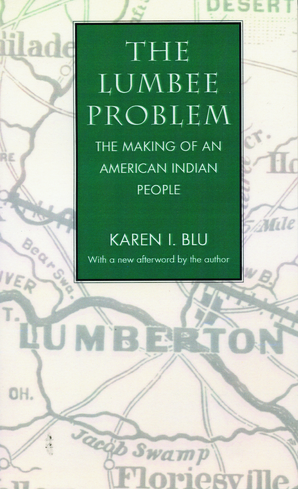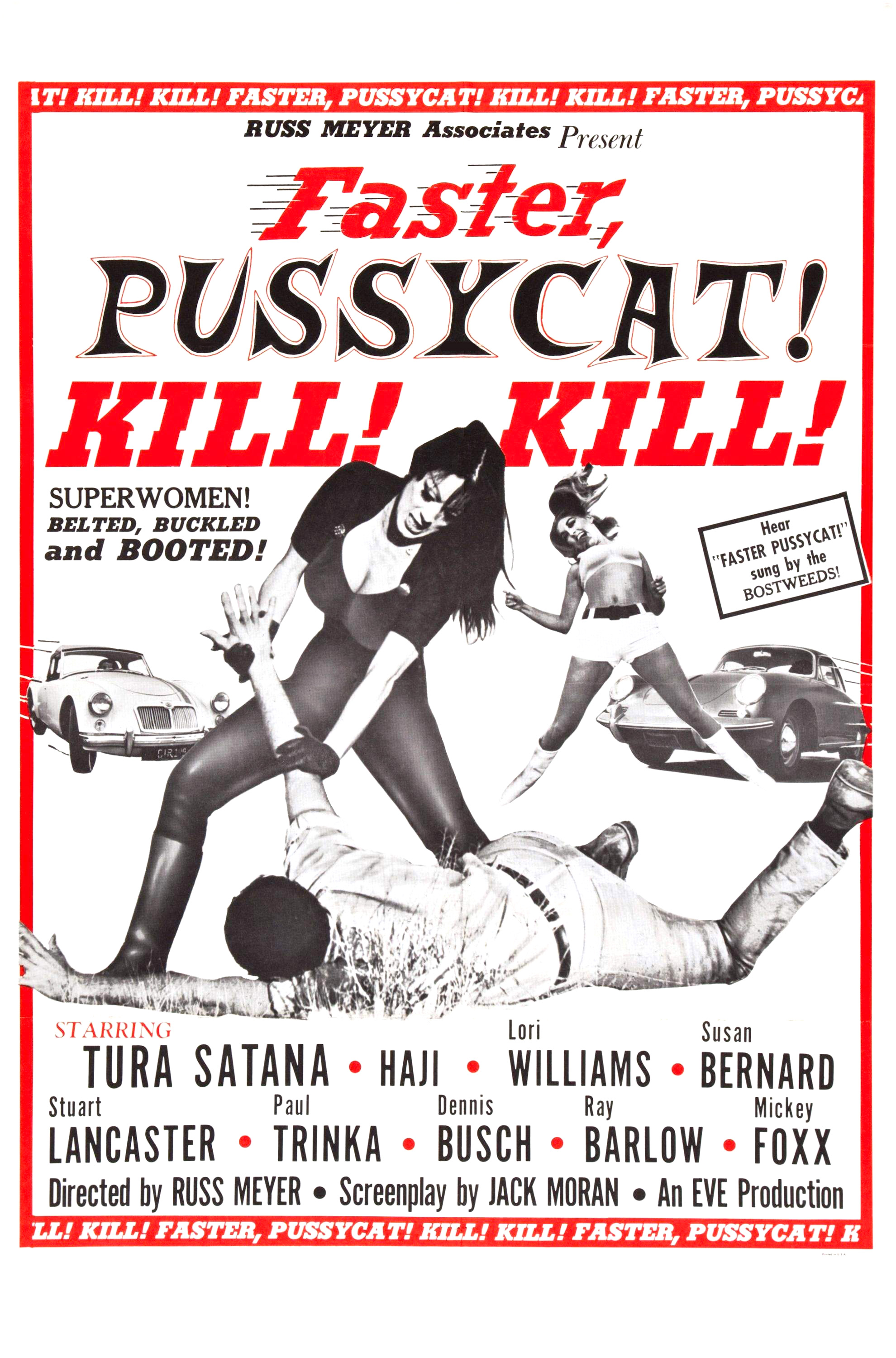Southern Race Question
The Brooklyn Daily Eagle
Tuesday, 1893-07-25
page 2, column 5
Source: Brooklyn Public Library’s Brooklyn Collection
Transcribed by Steven F. Riley
The Views Expressed in a Richmond Religious Newspaper
How the Negro Is Taking Advantage of the Opportunities for Advancement—Some Singular Ideas as to the Future Outcome of Present Developments — Another Talker Suggests a Colored State.
Richmond, Va., July 25—A startling editorial appeared in the last issue of the Richmond Christian Advocate, the leading Methodist organ In the South, on the negro question, Written by Dr. J. J. Lafferty. Among other things it said:
“A Southern Methodist advocate has this incident: In a village of the cotton belt a big, burly blackr ode up to a store and said to the owner: ‘Let this man (pointing to a poor white laborer) have two dollars’ worth of goods and charge it to me.’ This transaction may fret the reader, but it has a wide significance.”
“The Northern people, during the war, were drawn to the plantation peasantry of the South. The lot of fat and fun loving negro, the happiest working class on earth, was, for years, pictured as a bitter bondage, the slave was represented as longing for freedom, and during the war praying through the nights for the coming of the national troops. Those moving though mistaken fancies and much more of the same sort, stirred the philanthropic heart of the cotton thread millionaires, and the rich army contractors turned virtuous. A great sum was sent South for the education of the negro. It expenditure. In the main, helped the negro. It was wisely directed that these donations should have a practical turn. What was the outcome? We find in nearly every Southern state the negro boys of the brighter sort in training schools.”
“In the meanwhile, the negro reported in the census is growing rapidly as a citizen, with a home and decent income, a thrifty member of society. Moreover, the Southern commonwealth began after the war to tax the white property holders heavily to educate the sons of the non tax paying negro.”
“The negro laborer received as much money for coarse work as the ex-soldier of Lee. The white man consumed more of his earnings in house rent, clothing and food, hence he could not spare his son at the school. He needed the boy at the plow to aid in bringing up the family. The negro boy first loomed in the free school to read and write, then he learned in these technical schools how to make fine shoes, buggies, saddles, etc.”
“The newspapers recently reported that the private secretary to Mr. Blount of Georgia, representing the United States in the Hawaiian Islands, would shortly marry the daughter of a rich Chinaman of Honolulu. This educated young gentleman and of social standing seeks an alliance with an ex-coolie—a pig eyed pagan. Who will dare say that the olive colored octoroons and quadroons, the bright mulattoes, the heiresses of wealthy-men of mixed blood, will not be sought in the next century by impecunious, thriftless and idle young men of the white race? The negro maidens are seen at certain colleges for women of high degree in the North. Whereunto will this grow?”
“Consider the future of the friendless and fatherless boy of the white race in the South. Can he pay $500 to attend the Stevens Institute in New York. Can he command money for board and raiment while a student at any state school with a small annex of tools and a shop? He hasn’t money enough to buy oven a railroad ticket to such a college.”
“The grandchildren of warlike men with historic names, who made the Southern army a synonym of dauntless courage, are drifting toward the helot class, and in the century dawning there will come to pass social conditions that would stir the corpses in the jackets of grey.
“No man has soon the harvest from the sowing after Appomattox. The statesmen among us robbed the ex-soldier of Lee to educate black competitors of his children. Then Northern millionaires, in hatred of the paroled citizens, have endowed colleges of tools and machines to equip the ex-slave to surpass and subjugate the sons of the confederate in the struggle for the best pay and position in the skilled trades. It is a condition and not a theory that confronts us. Thoughtful men do not contest the fact.”
Madison, Wis., July 25—At the Monona lake assembly yesterday, John Temple Graves of Georgia advanced some radical ideas regarding the negro race problem in his lecture entitled, “Uncle Tom’s’ New Cabin.” He said:
“The remedy Is to be found in a negro state planted in the heart of our own great republic, under the shadow of the flag, under the benediction of the government. Here let him, unmolested, work out his final destiny. In the region of Colorado, Now Mexico and Arizona is to be found on area of 150,000,000 acres upon which our whole negro population could find subsistence and yet not be so densely populated as I found Germany or Belgium. The government should lend them every aid in developing the country. Negroes alone should hold the offices and rule the country. Nor are they opposed to such action. Actual investigation has shown that numbers are ready to go even to Africa where they can have a state of their own.”

